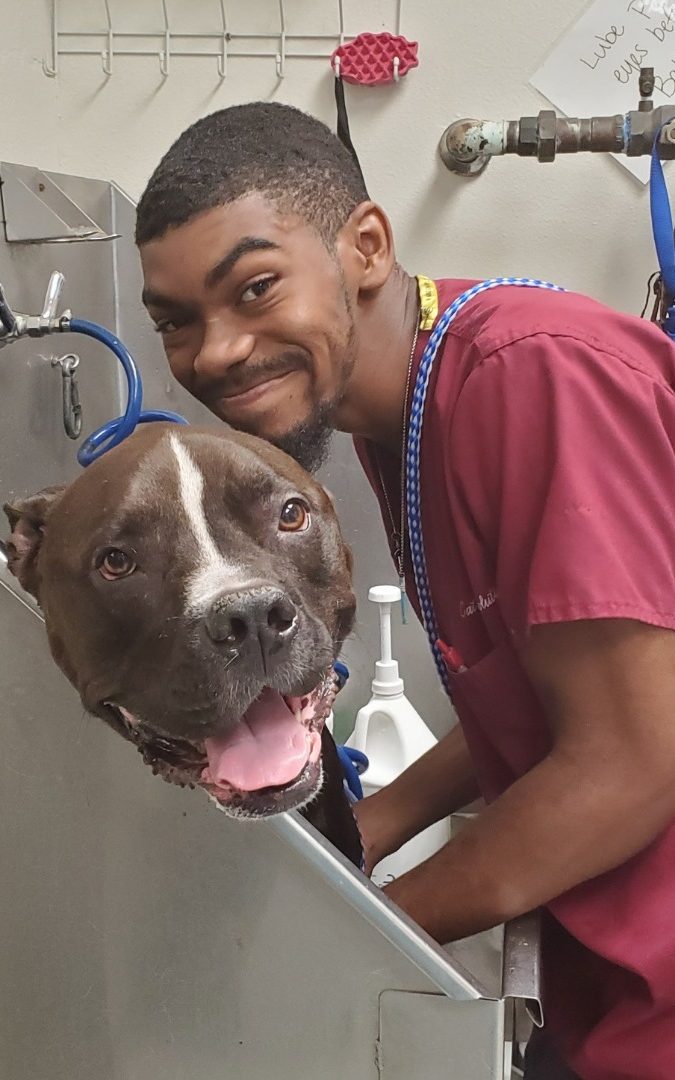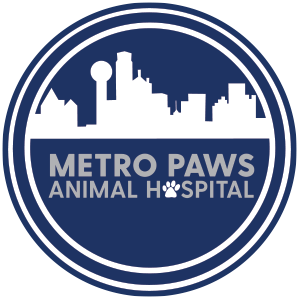Easy Methods to Go Green When Caring for Your Cats and Dogs
Earth Day falls on April 22, 2023, and while many of us associate this holiday of sorts with humans, the truth is that being an environmentalist (or at least an aspiring one!) means examining the way you live your life in every area—including pet ownership. Just as you notice things like a recent increase in your family’s single-use plastic or leaving lights on in your home, you can begin to analyze your habits as a dog and/or cat owner. Things like feeding routines, grooming regimens, and even the way you play with your pets can affect your carbon footprint and sustainability.
In this blog post, we’ve rounded up 11 simple ways to become a “green” pet owner, and some may equate to improving upon things you’re already doing. We can all contribute to leaving our earth a better place for future generations—even your fur friends!
- Embrace the Wildlife in Your Area
Cats are natural predators; if left to do so, they can decimate entire bird and other populations. We don’t have to use this knowledge to think of our loving cats as anything but that, as it’s just a matter of instinct! If you let your cat go outside, consider putting a bell on their safe-release collar to let birds, mice, and other animals know they’re coming. Dog owners are responsible for keeping dogs on leashes in areas where they know wildlife is present. Another aspect is sticking to trails when taking your pets on hikes to not disturb the wildlife or erode the soil. Eroding soil can leak into local rivers, harming aquatic wildlife and leading to bank collapse.

- Look For Pet Food That Comes in Recyclable Containers
Recycling is one of the biggest tips environmentalists recommend due to its ease. Simply be more selective in searching for pet food that comes in recyclable containers or pouches.
- Be Wary About Your Pets’ Waste 💩
Dog and cat feces is a part of life and pet ownership, but how you dispose of, it can make all the difference. Make sure you buy biodegradable “poop bags” for your dogs, as the nonbiodegradable options clog our landfills year after year. As for cats, think about switching to a new cat litter that doesn’t use sodium bentonite, a kind of clay. This material is obtained through strip mining, a highly destructive way to access the earth’s minerals. Of course, we know some cats are pickier than others, but you might even try using litter made of wood, wheat, corn, or pressed newspaper.
- Consider Adoption Over Going to Breeders
You’ve undoubtedly heard about the many benefits of doing this anyway but are likely wondering what this has to do with the environment and Earth Day. The overpopulation of pets (particularly cats) has hit a fever pitch. As veterinarians, we, unfortunately, see what this equates to—unwanted kittens being abandoned in boxes on the side of the road or by dumpsters and elderly pets being passed over in adoption centers. Rescuing a dog helps empty shelters and allows you to avoid unknowingly buying from unscrupulous breeders who profit from pet health. Also, neutering or spaying your pets plays a part in stopping this overpopulation crisis.
- Be a Responsible Consumer – Don’t Overbuy Pet Products
You’ve likely tried to avoid fast fashion or buying food and other products that aren’t sustainable as part of a zero-waste journey. Extend these practices into your pet ownership by resisting the urge to buy too many pet toys, dog beds, cat beds, etc. We know you like to spoil your pet, but these kinds of goods can cause waste, and waste causes pollution. Call your local shelter to see if they’ll take any gently used items you’re not using. Also, consider DIY toys, and if just the acronym “DIY” makes you cringe, don’t worry—we’re talking about easy things like cats for boxes and empty toilet paper rolls to make food puzzles. The added bonus? You’ll save money! If you go for a new toy, consider spending some extra time finding one made from biodegradable materials.

- Walk, Don’t Drive!
This is an easy one that you hopefully try to think of any way—outside of being a pet parent. As veterinarians, however, we can tell you that pet obesity levels are at epidemic proportions, so if you’re already asking yourself, “Do I really need to drive to this appointment?” maybe you could add the question, “Should I walk and bring my canine companion with me?”
- Go Eco-Friendly with Your Pet Food Choices
Although having your dog go vegan or vegetarian isn’t always the preferred choice by veterinarians, they can survive on a vegetarian diet if the diet is complete and well-balanced. Conversely, cats are obligate carnivores, so never try to get your cat to “go completely vegan.” Cats need the vitamin A, taurine, and arachidonic acid in meat, or they can become seriously ill.
As you’ve likely heard, meat consumption contributes to greenhouse gas emissions, but you can choose better by going with a company that sticks to sustainable and ethical practices. Also, meat by-products are more environmentally friendly, so look for pet foods that contain animal bone and/or organ meat. Some pet owners think they might be able to help with this by cooking for their pets. However, as veterinarians, we also find this to be worrisome unless you consult a veterinary nutritionist to ensure they get all the nutrients they need. Please talk to us if you’re considering this option.
- Don’t Overfeed Your Pets
It’s hard not to feel like feeding your pets delicious food and treats equals love, but the truth is, overfeeding them contributes to obesity. In addition, overfeeding means buying too many things, resulting in more packing supplies and creating a higher environmental footprint. And like a snowball rolling downhill, overfeeding also causes great demand from meat producers, causing adverse ecological effects.
- Be Selective If and When You Buy Exotic Pets
This one might make you scratch your head a bit, but when it comes to exotic pets, not all are created equal in regard to the environment. Some of these animals sold online are on the endangered list, often meaning they were secured illegally. In addition, if they escape, they can become an invasive species, such as in the case of boa constrictors in Florida. As the U.S. Fish and Wildlife Service, notes, you should “Go through reputable breeders who have received a permit from the U.S. Fish and Wildlife Service.” Also, make sure the animal you’re interested in is not on the endangered species list.
- Groom Your Pets Regularly and Use Flea and Tick Prevention
If you were to get a flea infestation in your home due to your pets, your first call would likely be to a pest control company. The treatments these companies use are often chemical-based, negatively impacting humans and animals and possibly even leaking into local bodies of water. Even worse, some of these chemicals have been linked to cancer. Regular grooming, in combination with year-round flea and tick prevention, can prevent these infestations. If your dog was recently put on topical flea prevention and you’re visiting a river or a lake, try to keep them out of the water, as the treatment can harm aquatic wildlife.

- Consider Using Chemical-Free Cleaning Supplies
Pets will inevitably make messes here and there, and while those might be out of your control, what you use to clean them isn’t. Toxic ingredients from cleaners can seep into your carpets and furniture, possibly harming your pets and others. Consider buying your cleaners from a chemical-free company, or you can even make your own with things like baking soda, lemon, and vinegar.
If you’re looking for more ways to go green this Earth Day and beyond, or if you want to get your pet on flea and tick prevention as part of your environmentally friendly care, please call us today!
